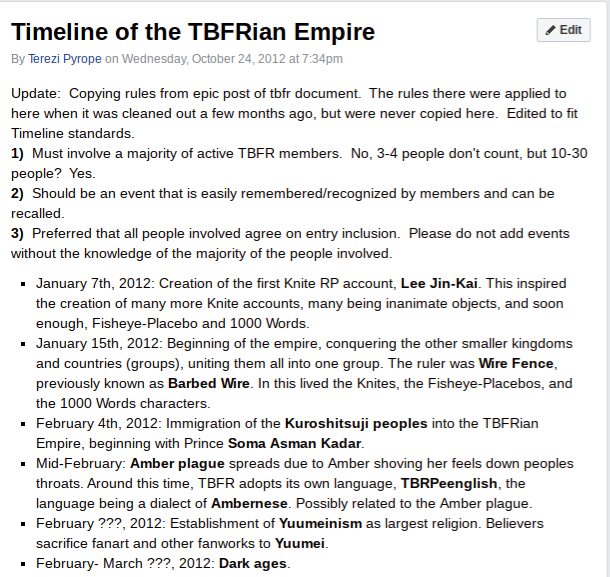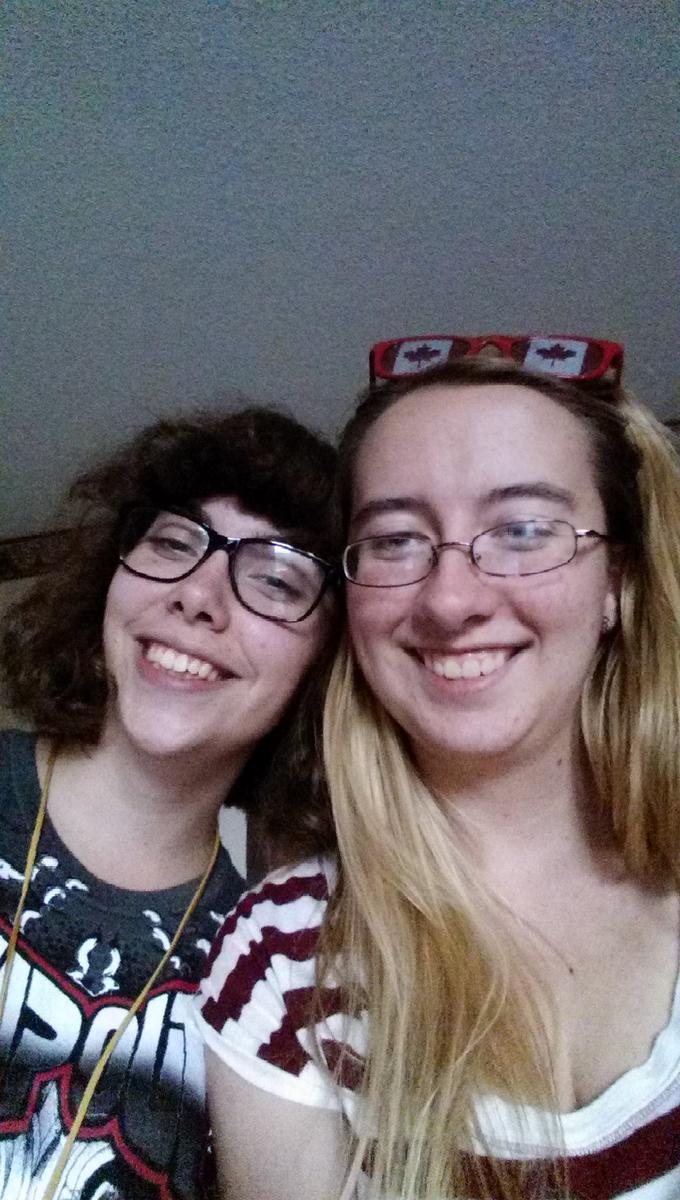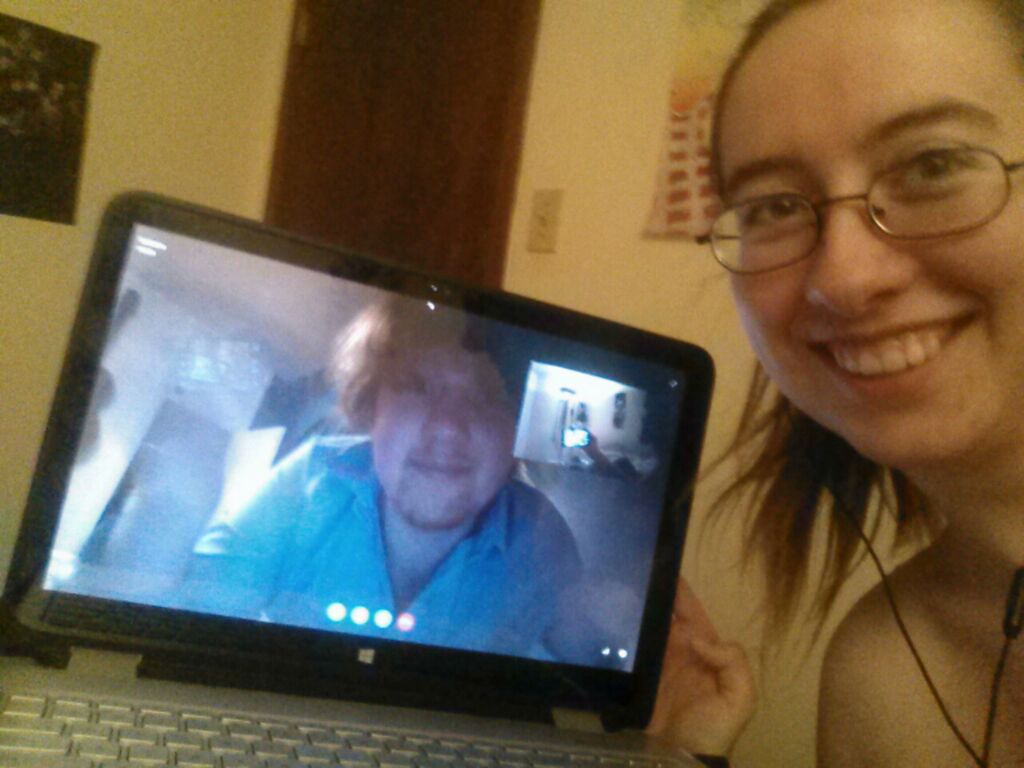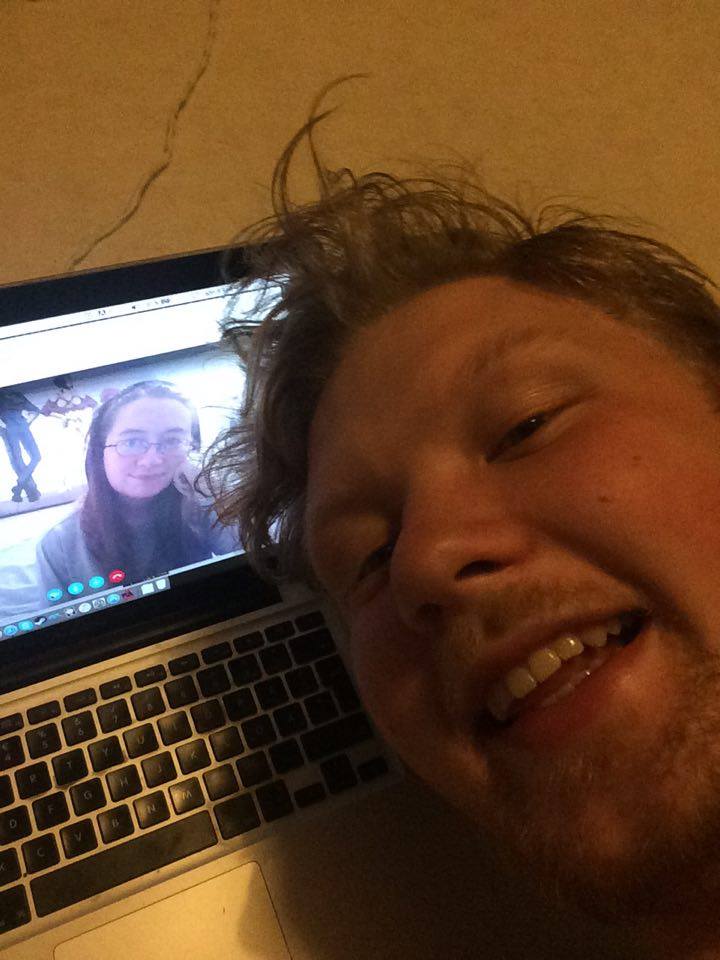As a child I was always taught to never to talk to strangers, however with the advancement of the Internet, this isn’t the case anymore. Growing up in a digital era, and as a millennial, I started using the Internet at an early age. Because I started using computers when I was young, I started interacting with others that I never met and perhaps will never meet. As I become an adult, it still stands true that many friendships that I hold are completely online. With my continued usage of the Internet, the idea of meaningful relationships, with sometimes faceless beings, is fascinating to me. Relating to my above title, I’ll be examining my own personal experiences with forming friendships online and with my involvement in an online community’s creation and subsequent failure.
Before going into details about my Internet history, I want to look at the reasoning behind online communities and their influence. Firstly, this being of cultural change and the technology that affects it. Seeing technology as the cause to the evolution in culture is referred to as technological determinism, with this it emphasizes technology as the lead cause in change (Slack & Wise, 2014). Including technology beyond just the Internet space, this belief in technological determinism notes that with the creation of inventions like the written language or the printing press, each technological advancement leaves a major cultural impact (Slack & Wise, 2014). Due to the invention of the Internet, online communities just wouldn’t exist. Digital communities are typically comprised of those that may not necessarily live nearby. The Internet helps close this geographical gap by allowing individuals from various parts of the world to increase social connectivity (Gordon & e Silva, 2011).
Growing up during the 90s and early 2000s, I watched as this cultural shift emerged with moving from bulky desktop computers, to laptops, to tablets, to phones. More than just the new expensive accessories, I noticed the way in which individuals changed as well. Instead of trying to figure out how to work around 5 different people’s busy schedules to work on a project, using a collective Google Word Document each member was able to work and communicate with everyone, despite being in separate locations. Such a change in a work and school environment is due to the effects of technology.
With this new technology of the Internet, we are seeing these effects of cultural change with the establishment of online communities. An online community is a space in which like-minded individuals from various parts of the globe interact and communicate with each other. Often seen as specialized, the shared interests amongst members are more narrow due to the wide diversity of those within (Tang, 2008). In early 2012, a group of random fans of an online digital artist created several fan-made parody accounts on Facebook. Wanting an outlet to continue the shenanigans, one person created a Facebook group under an acronym, TBFR. Within this group it consisted of fans of the graphic artist as well as the artist herself. Ranging from middle school ages to college and one half of the globe to the next, each member was unique in their own way with the main commonality being of all admiring the work of one particular artist. It was with this group, I joined my first intimate online community.
As a teenager during this time, the interactions I held with each member was with varying levels of intimacy. I was shy and despite being a member from its early stages, I preferred to rather read the posts of others than to leave my own comments on the page. In my real world setting, I had a number of friends but with only a few who I deemed close. It was one day during a time in which I wanted to be someone else, I did just that. I created a parody account and rejoined the group under a different name. In wasn’t unusual with most members juggling several accounts all within the same group, but it took me awhile to join in. Now under a different moniker, I would post jokes, images, and comments on TBFR’s page. Motivation played a part in this as the social norms of the group highlighted quirkiness and encouraged participation amongst members (Wang & Chen, 2012).
As the more the I talked with specific individuals in TBFR, the more open I became. I started to disclose more information about myself with likes, dislikes, and anecdotes of my life. The first notable of these being with a friend named Kat. We would share stories and rant to each other about our daily lives, we began to trust one another. With the beginning of friendships there is always this uncertainty of the unpredictability of others, particularly in an online mindset. Trust is always a gamble with an unknown outcome (Henderson & Gilding, 2004). The biggest gamble being our first meeting. With her living a country apart, the distance seemed unlikely for ever a chance encounter. However, it was during a holiday through the U.S. did our paths cross. With both of our parents thinking we were going to meet a murderer, it was in fact the opposite with it being the first time I was able to meet an Internet friend face-to-face.
It was later on through this group did I meet another individual, Sim. Sim, lived even farther than Kat, an entire ocean and timezone away in fact. However, that didn’t change the fact that we formed a close bond. Everyday there would be a new message in my inbox and lots of Skype calls to be had during this time period. We would make videos and weird picture edits to send to one another and loved every minute of it. In the group’s main page we would go back and forth in joke wars. All was fine with specific individuals and their friend groups but inside TBFR as a whole, a storm was brewing.
A common reasoning behind the failing of an online community is due to its owners not meeting the needs of its members (Hagell III & Brown, 2012). TBFR had no centralized leader but a few admins that simply approved membership and stepped in whenever there was anything too inappropriate posted. However, due to its increasing user count and the various splitting subgroups created under the same TBFR umbrella, tensions started to arise. With TBFR’s initial creation being based around each member’s appreciation and love of a specific digital artist, with the addition of more and more outsiders, the one shared commonality we all held was being obscured. In-group fighting with creative differences and a loss of many core members leaving due to the arguments, caused a collapse in an empire. TBFR peaked after only three years with over 800 members.
Social networking sites play an imperative role in the development of adolescents and young adults as they learn to build social skills, form relationships, and analyze one’s self (Steinfield, Ellison, & Lampe, 2008). While many researchers have rejected the notion of creating close bonds on the Internet, instead preferring face-to-face interactions, I disagree with their statements (Randerson, 2007). It is true that I have met one of my online friends in person before, however the bond created before our meeting holds just as strong even after our face-to-face. The same could be said with my relationship with my friend Sim whom I’ve yet to meet. Even after the fall of TBFR, the close friends I made along the way still hold true. Once the distinction between the virtual world and reality is discarded, the friendships made in the online space does not equate to communicating with instant messaging to a stranger, but rather a person we can know and trust (Chayka, 2015).
Even though TBFR became too large for itself and imploded, the friendships and relationships made during its prime still live years later with the continued communication between some of its former members, my friends Kat and Sim included. While TBFR remains now as only an archive of what once was, its legacy will live on through a young new group of friends in TDL, a group invite I was happy to accept.
References
Chayka, K. (2015). Let’s really be friends, a defense of online intimacy. New Republic.
Gordon, E., & e Silva, A. D. S. (2011). Net locality: Why location matters in a networked world. John Wiley & Sons.
Hagell III, J. & Brown, J. S. (2012). Why most online communities are failures. Fortune.
Henderson, S., & Gilding, M. (2004). ‘I’ve never clicked this much with anyone in my life’: Trust and hyperpersonal communication in online friendships. New Media & Society, 6(4), 487-506.
Randerson, J. (2007). Warning: you can’t make real friends online. The Guardian.
Slack, J. D. & Wise, J. M. (2014). Culture and Technology: A Primer (4th ed.). Peter Lang Inc.
Steinfield, C., Ellison, N.B., & Lampe, C. (2008). Social capital, self-esteem, and use of online social network sites: A longitudinal analysis. Journal of Applied Developmental Psychology, 29(6), 434-445.
Tang, L. (2008). Development of online friendship in different social spaces. Information, Communication & Society, 13(4), 615-633.
Wang, E. S., & Chen, L. S. (2012). Forming relationship commitments to online communities: The role of social motivations. Computers In Human Behavior, 28(2), 570-575.
